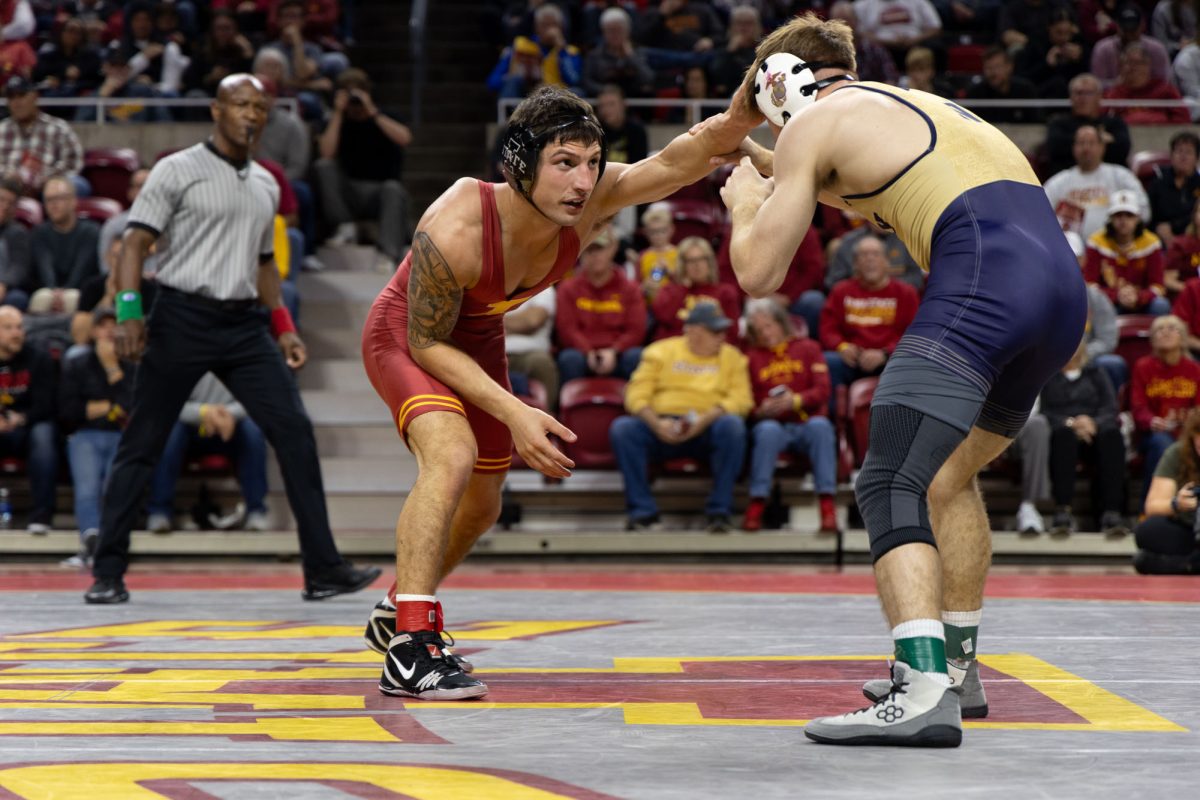Director Moore strikes again with ‘Bowling for Columbine’
December 16, 2002
“Bowling for Columbine” is one of those obscure films that attracts viewers to it through a sort of chain movie phenomenon. Without knowing a whole lot about the movie, you go to check it out because people you know tell you it is excellent without really being able to describe what it is. “Bowling for Columbine” is most often simply described as a documentary, but after watching the movie that statement seems comparable to calling the “Simpsons” a cartoon or “The Godfather” a drama.
In “Bowling for Columbine,” director-writer Michael Moore goes far beyond the realm of documentary to combine comedy, satire, drama and tragedy into an excellent piece of film. The functional brilliance of “Bowling for Columbine” is embodied in its ability to make viewers think, regardless of whether they agree with the views presented.
Moore does not make this film objective in any sense of the word, providing an overly one-sided view, as well as some questionable statistics. Some might call the film propaganda, yet it comes off as a sort of in-your-face reality check of some of our nation’s most uncomfortable and hotly disputed issues.
Moore brings to the table the issues of gun control, school shootings, racism, fear, corporations and the media, and weaves them together in a loose, yet intricate, film production. Given that “Bowling for Columbine” is breaking records for a documentary at the box office, it is in keeping with one of the themes of the movie that it is only shown at the Varsity, Ames’ smallest theater.
For a documentary, the film captures audience attention throughout, inciting the audience from laughs to somber, thoughtful moments and back again. The documentary part of the film is fairly evenly injected with other source material — from satirical cartoons, vintage film footage and video from actual shootings to news clips.
The title “Bowling for Columbine” is misleading in that it makes a potential viewer think the entire movie is about Columbine, whereas only of a fraction focuses specifically on the Columbine shootings. The interviews that Moore conducts for the film are insightful and amusing. They range from Charlton Heston, who was then the National Rifle Association president, to Matt Stone, co-creator of “South Park,” and from militia members to college professors.
Moore himself makes the film work. As an unassuming, nondescript middle-aged white American he takes away the glamour and sensationalism usually tied to documentaries or reporting. Through subtle questioning, he gets across his liberal message without deliberately invoking his views in most of the movie.
Many criticize the movie and Moore as providing only questions and no answers, yet that is blatantly the point of the movie — to provide controversy and discussion. “Bowling for Columbine” takes the stage as one of the most incendiary and intelligent productions this year. And if you enjoy a good thought-provoking movie, go see this one. It just might make you laugh, cry or re-examine your life.






